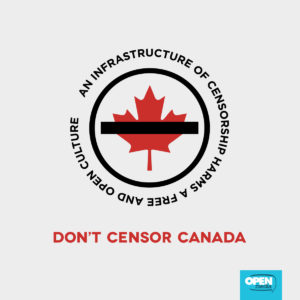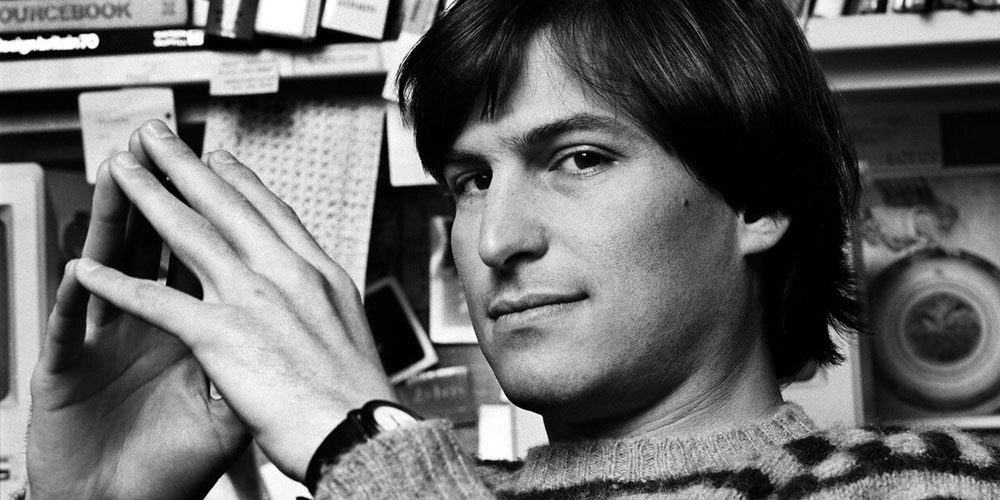During a recent consulting engagement, I was asked by an inquisitive team member on what “value” would a design thinking methodology (abbreviated to ‘DT’) deliver to a business, and also, which “DT process” from a long list would be more suitable for a software development project. The value that is delivered from a collaborative design effort is well documented and could be easily articulated, however, in the case of design processes there are several DT frameworks for reference which would leave anyone to grope for answers, and this encouraged me to compile some knowledgeable DT frameworks into an article. On the onset, the objective behind compiling these frameworks into a single post wasn’t about verifying the efficacy of the frameworks, it was about grasping the ethos behind the design process and to comprehend how various forms of co-creation exercises are conducted. This isn’t an exhaustive list of DT frameworks but just some of the more well-known ones that I have come across regularly during my research.
To ‘Design’ Is ‘Design Thinking’
Industry analysts have widely supported the adage “Good design is good business” meaning that design must be at the core of an organization’s innovation strategy, and indeed, there are myriad design frameworks which outline a collaborative thinking process towards arriving at that objective. Also, just as the numerous frameworks there is a corresponding list of definitions for design thinking, such as, Idea Couture’s Global CEO and co-founder Idris Mootee who terms ‘design thinking’ as a “new management wonder drug” which companies look upon hopefully to save them from the uncertainties and failures of traditional management styles. My personal favourite remains a quote from IDEO’s CEO Tim Brown, which is all-inclusive and repeatedly mentioned during presentations and workshops:
Design thinking is a human-centred approach to innovation that draws from the designer’s toolkit to integrate the needs of people, the possibilities of technology, and the requirements for business success.
Many in the industry have relegated ‘design thinking’ to merely a jargon or a figment of business school terminology, though it would be quite naive on their part to ignore the peaking interest amongst a global audience in the subject over the last 5 years.
With its varied forms and definitions, it’s not surprising that Design has remained an enigma for many. At its very least, a design could be construed as a process associated with ‘aestheticism’ but in terms of strategic thinking, it could bring together vast amounts of resources — finance, manpower, ideas, or even tech sources, to achieve an optimum target. Particularly since it almost never aspires to follow a linear set of actions and tools design remains focussed on finding answers to ‘How’ something could be accomplished not ‘What’ is to be accomplished, this basic presumption immediately broadens the horizon and enables to capture divergent opinions for an outcome.
Finally, this selection of design thinking frameworks reflects upon the underlying ideology of its respective organization, those which are striving to achieve a common vision for their customers. Their benefits as a model for co-creation exercise is therefore undisputed.


 25 Canadian companies led by Bell have formed a coalition called Fairplay Canada and has approached the CRTC to create a non-profit body for blocking any Internet content which it deems to be engaging or facilitating piracy — without judicial oversight. So
25 Canadian companies led by Bell have formed a coalition called Fairplay Canada and has approached the CRTC to create a non-profit body for blocking any Internet content which it deems to be engaging or facilitating piracy — without judicial oversight. So 
